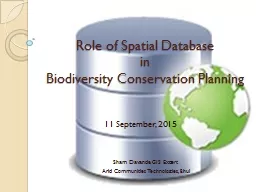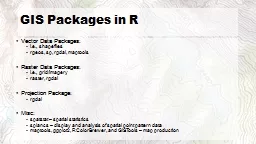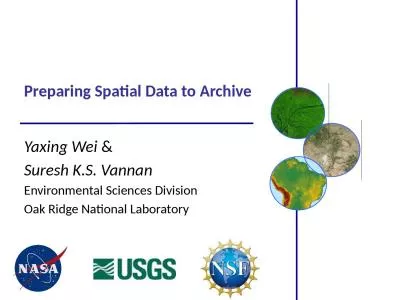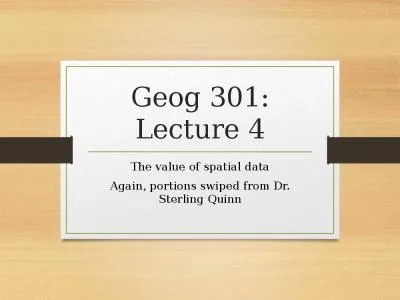PPT-Pennsylvania Spatial data access
Author : phoebe-click | Published Date : 2017-08-25
httpwwwpasdapsuedu PSLS 2016 Presentation Overview Purpose Background PASDA Today Partners amp Stats Using PASDA Online Mapping Open data amp PASDA Future Initiatives
Presentation Embed Code
Download Presentation
Download Presentation The PPT/PDF document "Pennsylvania Spatial data access" is the property of its rightful owner. Permission is granted to download and print the materials on this website for personal, non-commercial use only, and to display it on your personal computer provided you do not modify the materials and that you retain all copyright notices contained in the materials. By downloading content from our website, you accept the terms of this agreement.
Pennsylvania Spatial data access: Transcript
Download Rules Of Document
"Pennsylvania Spatial data access"The content belongs to its owner. You may download and print it for personal use, without modification, and keep all copyright notices. By downloading, you agree to these terms.
Related Documents














